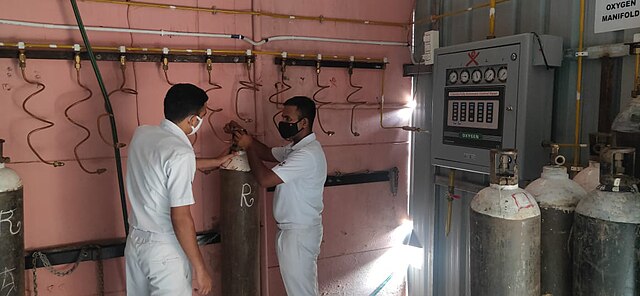
On May 24, Unitaid, a global health agency that fundraises to support novel treatments for major diseases in the developing world, and the Global Fund to Fight AIDS, Tuberculosis and Malaria both published press releases officially announcing the commencement of the Global Oxygen Alliance (GO2AL).
Additionally, backed by the Pan American Health Organization (PAHO), the Africa Centres for Disease Control and Prevention (Africa CDC), the World Health Organization (WHO) and UNICEF, GO2AL was first established in April as an initiative that seeks to bridge the gaps in medical oxygen access that continue to exist in low- and middle-income countries (LMICs). In the wake of the COVID-19 pandemic, GO2AL aims to ensure that advancements made in oxygen supply and distribution during the height of the virus are maintained and expanded to even more regions, as medical oxygen is a key treatment tool that health care workers use in hospitals worldwide.
Building Blocks
Although the WHO refers to oxygen as an “essential medicine,” necessary for almost all aspects of many standard hospital procedures, rarely do people consider the supply of medical oxygen when identifying indicators to help analyze the performance of countries’ health systems.
A scarcity of medical oxygen in the vast majority of LMICs (Lower or Middle-Income Countries), then, has gone overlooked for years, only gaining relevance in the face of devastating shortages during the pandemic. On top of often lacking an oxygen source, many hospitals in LMICs also lack pulse oximeters, a piece of medical equipment that measures the amount of oxygen in a person’s red blood cells and is therefore crucial in the proper administration of oxygen to patients suffering from hypoxemia, or a low level of arterial oxygen.
February of 2021 saw the creation of the Oxygen Emergency Taskforce of the Access to COVID-19 Tools Accelerator (ACT-A), a multilateral coalition founded to respond to these shortages. ACT-A was able to achieve a number of successes in expanding access to medical oxygen in LMICs, raising $1 billion to increase oxygen production and reduce its cost, distributing equipment like pulse oximeters to hospitals in need and providing support to governments in the implementation of improved oxygen systems.
The Global Oxygen Alliance aims to be a successor of ACT-A, hoping to maintain the advancements that have occurred and extend them ever further, especially as oxygen shortages have faded out of public perception after the pandemic. Furthermore, GO2AL is also partnering with the Lancet Global Health Commission on Medical Oxygen Security, formed in September of last year, to address data gaps in the supply of oxygen in LMICs and utilize that new research to find solutions to the oxygen insecurity that still exists in many health systems across the globe.
Preventable Deaths
The work of GO2AL is critical since medical oxygen is also frequently used in the treatment of the elderly, infants and pregnant women, all of whom are vulnerable populations. Developing countries have long struggled to acquire enough medical oxygen for their needs; before the COVID-19 pandemic began in 2020, 90% of hospitals in LMICs did not have access to sufficient amounts of oxygen for their patients, which led to a preventable death toll of 800,000 annually.
Though COVID-19 may no longer officially be a global emergency, the havoc it wreaked on health systems around the world was a wake-up call for more investment to be directed towards future pandemic preparedness. One year into the pandemic, 60% of hospitals in LMICs did not have a sufficient supply of medical oxygen. Should there be another virus similar to COVID-19, every country will need the resources to adequately care for any and all patients who may need oxygen during their treatment.
There are also plenty of non-COVID-19 patients who suffer from the lack of access to medical oxygen, with diseases common in LMICs like pneumonia, malaria and meningitis causing hypoxemia and requiring immediate care. The Clinton Health Access Initiative estimates that more than 15% of children under 5 admitted into hospitals suffer from hypoxemia, in addition to 20% of all admitted infants.
An inadequate supply of oxygen affects pneumonia patients in particular, as 7.2 million children with the condition end up in hospitals every year. Without access to oxygen therapy, around 148,000 annual child pneumonia cases are preventable. Research suggests that installing and upgrading oxygen systems in pediatric wards can lower the number of deaths due to child pneumonia by 46%, in addition to lowering all deaths in children under 5 by 40%. GO2AL’s stated commitment to increasing medical oxygen access, then, is one that is sure to save millions of lives in years to come.
Hope for the Future
ACT-A successfully brought medical oxygen to LMICs desperately in need of it and worked through logistical obstacles to make sure these countries have the infrastructure to continue accessing the oxygen they require. On the part of those organizations that were a part of ACT-A and are now supporting the Global Oxygen Alliance, they are offering an extremely important example of what dedication to bettering the lives of those who are less fortunate should look like. Not only will GO2AL continue filling the oxygen gap that exists in many LMICs, but it will also fill the data gap that made the lack of medical oxygen in many developing countries a sorely underappreciated issue before the pandemic.
– Sofia Oliver
Photo: Wikipedia Commons
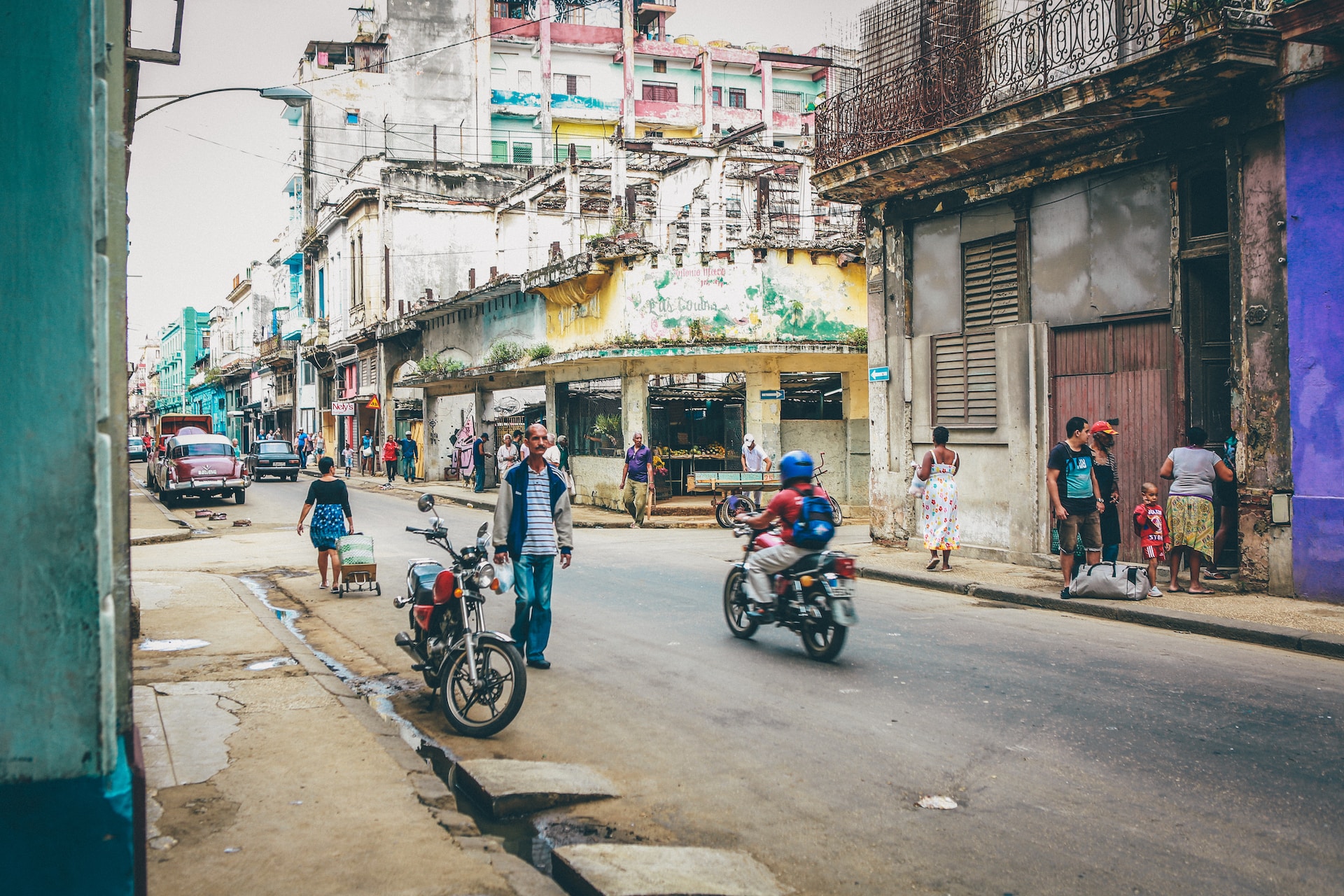 Caribbean countries have always
Caribbean countries have always 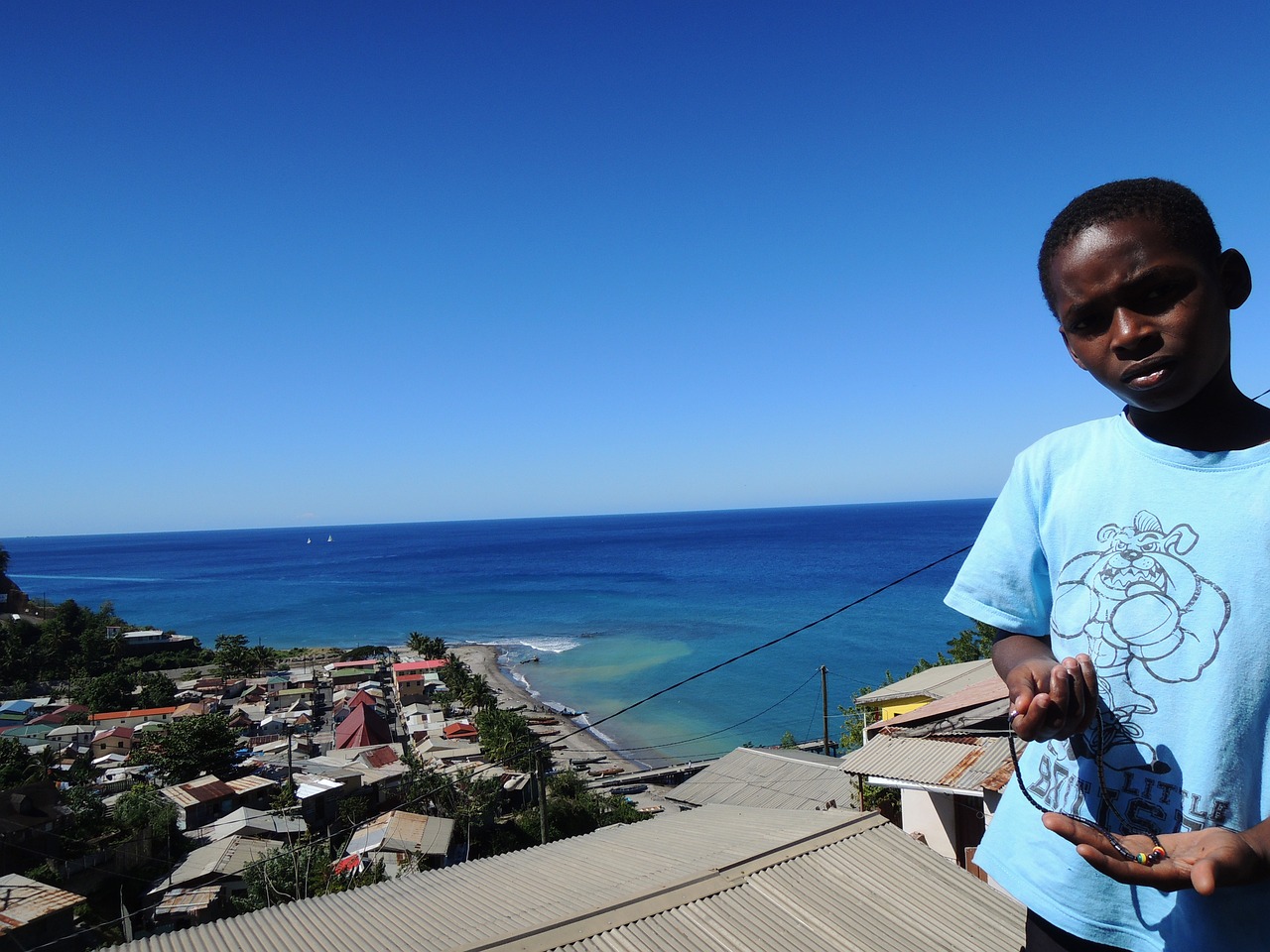

 As the largest country on the Iberian Peninsula, Spain has a rich history and a thriving culture. The Romans and the Muslims from North Africa influenced its origins, and this is quite visible in the nation’s architecture. Today, travelers often visit Spain for the diverse array of tapas, or small snack-like foods. However, after the country experienced
As the largest country on the Iberian Peninsula, Spain has a rich history and a thriving culture. The Romans and the Muslims from North Africa influenced its origins, and this is quite visible in the nation’s architecture. Today, travelers often visit Spain for the diverse array of tapas, or small snack-like foods. However, after the country experienced 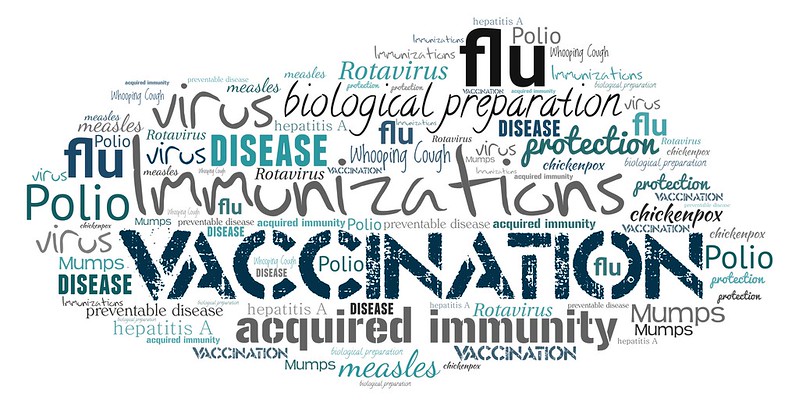 COVID-19 has impacted the world in several dire ways, but one that calls for immediate attention is the impact of immunization vaccinations. In light of this, “The Big Catch-Up” to immunity for children is making efforts through initiatives to inspire change.
COVID-19 has impacted the world in several dire ways, but one that calls for immediate attention is the impact of immunization vaccinations. In light of this, “The Big Catch-Up” to immunity for children is making efforts through initiatives to inspire change.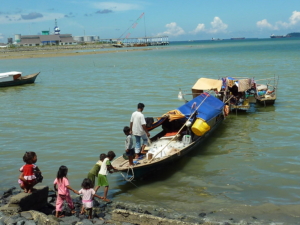 The Bajau Laut are a
The Bajau Laut are a 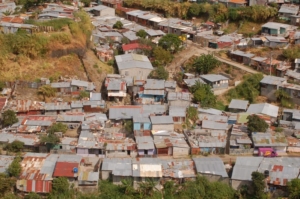 Costa Rica is a country in Central America with lots of wildlife and citizens that cherish living peacefully. Unfortunately, similar to many other countries, the COVID-19 pandemic impacted poverty in Costa Rica. The following are 10 more facts about poverty in Costa Rica.
Costa Rica is a country in Central America with lots of wildlife and citizens that cherish living peacefully. Unfortunately, similar to many other countries, the COVID-19 pandemic impacted poverty in Costa Rica. The following are 10 more facts about poverty in Costa Rica. The COVID-19 pandemic had a profound impact on countries worldwide, with Estonia being no exception. The country, like many others, experienced a range of harsh effects stemming from the pandemic, including a significant rise in poverty rates. COVID-19’s impact on poverty in Estonia involved economic issues such as labor shortages and increasing inflation rates.
The COVID-19 pandemic had a profound impact on countries worldwide, with Estonia being no exception. The country, like many others, experienced a range of harsh effects stemming from the pandemic, including a significant rise in poverty rates. COVID-19’s impact on poverty in Estonia involved economic issues such as labor shortages and increasing inflation rates.
